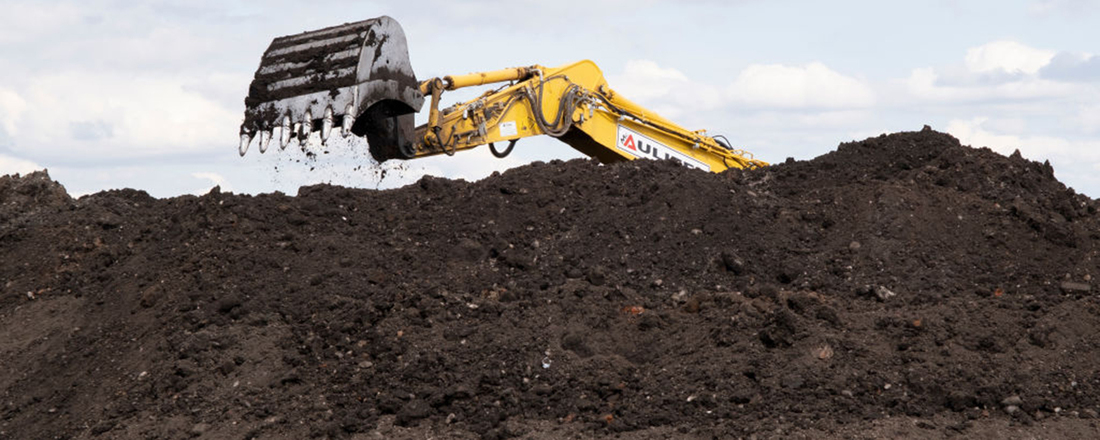Get updates from The Developer straight to your inbox Yes, please!
Do not excavate: The industry must reconsider its approach to soil
Soil is the construction industry’s biggest carbon sink and underpins all biodiversity – we need to take better care of it, writes Dan Matthews

Director, Civic Earth
It’s widely understood that to make our construction as sustainable as possible, we must reduce the use of fossil fuels. What’s ignored is that the first metre deep of topsoil is the second greatest carbon sink on the planet after the oceans. When soil is disturbed, it releases carbon.
Soil harbours 58% of the planet’s biodiversity – a teaspoon of soil contains more living organisms than there are people on earth. When we disturb soil, we introduce oxygen, which changes its aerobic conditions. This can alter which insects and organisms survive and can have a profound effect on biodiversity and food supply.
Surprising, then, that soil quality is not measured in the Biodiversity Net Gain score. The requirement for 10% biodiversity gain is still a worthy piece of regulation, but it doesn’t go far enough.
We need the industry to move to a ‘where possible, do not excavate’ approach. Some councils already insist upon it
If we are going to make development more sustainable, we need to bring soil biodiversity into the equation. It’s healthy soil that underpins all habitats, ecosystems and food systems. It is integral to healthy lives.
We need the industry to move to a ‘where possible, do not excavate’ approach. Some councils already insist upon it: Planning guidance in Essex calls for non-intrusive investigation via ground-penetrating radar and the like, with desk-based research conducted before diggers are brought in. Others will follow suit, but we should be adopting the same approach without insistence.
At the Soil Sustainability in Local Planning Policy workshop, part of the Soil In Construction Task Force, representatives from universities, local authorities, the Environment Agency, developers, contractors and consultants met to discuss the critical importance of soil and how to embed sustainable practice into local planning policy.
Soil forms a critical part of all aspects of design and across skillsets including landscape design, architecture, drainage, biodiversity, geotechnical and structural engineering and land contamination risk management. Yet soil function, preservation and reuse are an afterthought in design and construction, when they are thought of at all.
We need a change of mindset, and to view excavated soil through the lens of being a valuable and finite commodity rather than waste
While recovered building materials are now being reused as we strive for a circular economy, current waste regulation makes it very difficult to reuse soil unless it has been planned and coordinated in advance of excavation. We need a change of mindset, and to view excavated soil through the lens of being a valuable and finite commodity rather than waste. Sustainable reuse of soil is an increasingly big opportunity for our industry, and its importance will continue to grow.
We are also finding out that soil health is key to successful rain gardens, water quality and sustainable urban drainage. Isla Jackson in Civic Engineers’ Glasgow studio has led research into the impact of rain gardens on pollution control. The team found that, when appropriately designed, rain gardens do a brilliant job of reducing stormwater pollutants. They continue to work when roads and paths have been salted in winter. The microorganisms in stormwater also have greater functional richness, meaning soil bacteria can undertake more tasks.
What’s in the ground is an important part of how we develop sustainably, now and into the future. As custodians of soil for future generations, we must clarify regulations and move to an approach that considers soil function and health as part of the broader design process.
Dan Matthews is Director of Civic Earth, a geotechnical and geoenvironmental consultancy
If you love what we do, support us
Ask your organisation to become a member, buy tickets to our events or support us on Patreon
Sign up to our newsletter
Get updates from The Developer straight to your inbox
Thanks to our organisation members
Become a member
© Festival of Place - Tweak Ltd., 124 City Road, London, EC1V 2NX. Tel: 020 3326 7238
